

| Archive Blog Cast Forum RSS Books! Poll Results About Search Fan Art Podcast More Stuff Random |
|
Classic comic reruns every day
|
1 {photo of a corner of a building}
1 Caption: Corners and Angles
|
First (1) | Previous (3325) | Next (3327) || Latest Rerun (2884) |
Latest New (5380) First 5 | Previous 5 | Next 5 | Latest 5 Annotations theme: First | Previous | Next | Latest || First 5 | Previous 5 | Next 5 | Latest 5 This strip's permanent URL: http://www.irregularwebcomic.net/3326.html
Annotations off: turn on
Annotations on: turn off
|
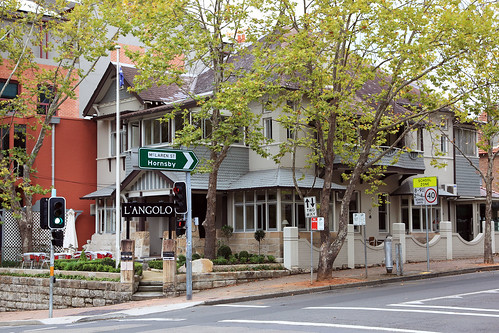 L'Angolo, on the corner of Miller and McLaren Streets. |
Granted, it's on a street corner, so this is not so far fetched. But it just seems wrong after so many years of the previous name. It actually seems less inviting for some reason. An encounter sounds like a pleasant meeting with someone you want to see, while a corner sounds hard and sharp. Even the sound and rhythm of the Italian words convey this impression (well, to me anyway). L'Incontro rolls around in the mouth and trips lightly off the tongue, while l'Angolo is a bit harsher.
Before I delve too far into this admittedly very personal analysis, I'll admit that yes, you can have a pleasant encounter on a street corner, and yes, some encounters are not so pleasant (just think of the usage of the term in Dungeons & Dragons jargon). What I really want to talk about today is angles and corners.
Our world is full of angles and corners. Our civilisation has built around us an artificial environment replete with straight lines and their intersections. Look around you right now. Unless you're reading this on your phone while sitting in a park hidden from any buildings, you can probably count a hundred or more right angle corners without any trouble.
The reason for this is that, with our modern technology, straight edged shapes are easier to design, manufacture, and manipulate than other shapes, and they have advantages in the working of moving parts. (The other big shape in the modern world is the circle, which you can probably also count several examples of just by looking around. It also possesses all of these advantages.) And when straight edges meet, they form an angle.
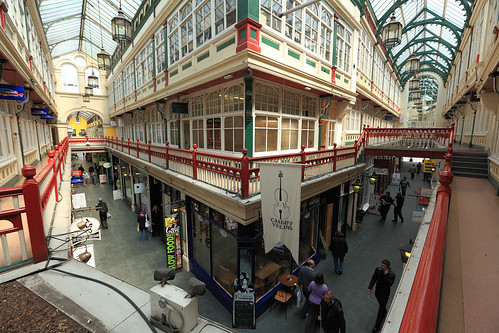 Angles and corners in a building. |
The other main unit used to measure angles is radians. This unit can be defined in terms of the length of the arc of a circle compared to its radius. Think of a clock face again, this time as a precise mathematical circle, with the hours marked by points on the edge of the circle. The angle between any two lines, let's say between the 12 and the 4 for example, can be measured by measuring the distance along the curved path of the circle from the 12 point to the 4 point, passing through the 1, 2, and 3 points on the way. This distance varies with the absolute size of the circle, so to convert it into an angle which doesn't vary with the size of the circle, we divide by the radius of the circle.
If you do this, the length of the arc from 12 to 4 divided by the radius of the circle comes out to a constant number, no matter what size the circle is. That number happens to be 2π/3, where π is the well-known mathematical constant. One definition of π is the circumference of a circle divided by its diameter. Since the distance from the 12 to the 4 on a clock face is one third of the circumference, and the diameter is twice the radius, this gives us the figure of 2π/3 mentioned above. We say that the angle from the 12 to the 4 (which is 120° if we measure in degrees) is equal to 2π/3 radians. Similarly, the angle for 12 to 3 (a right angle, or 90°) equals π/2 radians; the angle from 12 to 6 (180°) is π radians; and the angle from 12 all the way around to itself (360°) is 2π radians. Conversely, 1 radian is equal to (180/π)°, or approximately 57.2958...°.
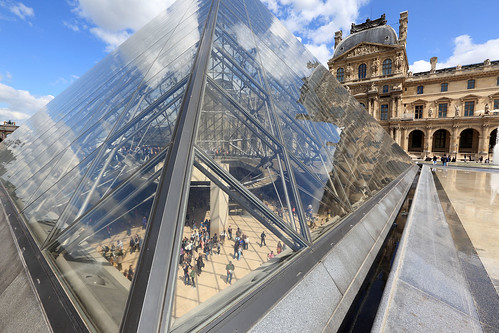 Triangles. |
Another unit of angle, used mostly in military gunnery calculations, is the gradian. This is similar to degrees, except there are 100 gradians in a right angle, as opposed to 90 degrees. I mention this unit mainly because it's traditionally the third unit of angular measure available on scientific calculators. If you've ever wondered what any of "DEG RAD GRA" are, now you know.
A triangle is a shape, as the name implies, consisting of three angles (and also incidentally three sides comprised of straight line segments). If you measure the three angles of a triangle, you can notice an interesting thing. The sum of the angles in a triangle comes out to 180° (or π radians). It doesn't matter how big the triangle is or how lopsided the lengths of the three sides. A triangle with the angles equal (an equilateral triangle) has each angle equal to 60°. A triangle with one very large angle and two small angles might have the large angle be, say, 155°, with a small angle of 10°, leaving the third angle being 15°, again so they add up to 180°.
This property is very useful. If you measure any two angles of a triangle, you can work out what the third angle is without needing to measure it. This is put to good use in surveying, where knowledge of the angles of triangles can allow you to work out the distances to objects you can see without having to physically go up to them and measure the distance with a tape measure.
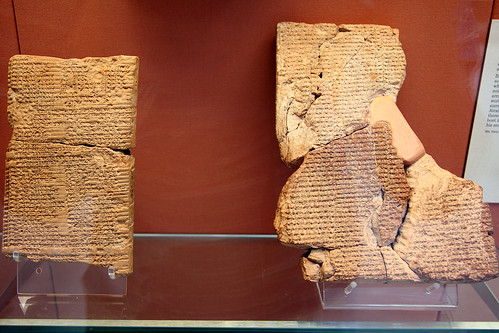 Geometry problems from Babylon, c. 1900-1700 BC. |
But there are other sorts of geometries. They are labelled with the collective term of non-Euclidean geometries. In these geometries, the angle sum of a triangle can be either more or less than 180°. What's more, the amount by which the angle sum of a triangle differs from 180° depends on the size of the triangle. For small triangles, the sum can be so close to 180° that it is next to impossible to tell the difference, while for large triangles the difference can become noticeable.
Non-Euclidean geometries are not mere fantasies of fevered mathematicians. Each one is a fully consistent description of the properties of space. And as far as we know, each type of geometry is capable of supporting the existence of a universe similar to our own. In fact, our universe is almost certainly one with a non-Euclidean geometry, in which the angles of a triangle do not add up to 180°. But the difference from a Euclidean geometry is so small that any triangles up to a size we can practically measure (say, within our own solar system, with the help of space probes) is so close to having an angle sum of 180° that we can't tell the difference. The evidence for the geometry of our universe instead has to come from observations of extremely distant galaxies and the relic radiation left over from the Big Bang, combined with our best understandings of physics.
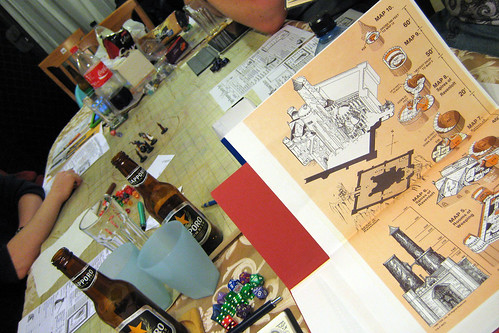 Dutch angle in a photo. |
Angles can also be used to disconcert. A standard technique in cinema is to place the camera at an angle to the ground, slanting the entire framing of the film. This is often used to reflect a disorientation or confusion of one or more characters in the film, or to imply something sinister. It's amazing how effective it is, and also how often it's used if you keep an eye out for it. (Mostly we only notice it subconsciously.) This cinematography technique is known as the Dutch angle.
Angles so disconcerted one Howard Phillips Lovecraft that he constructed an entire mythology around them. His horror fiction is replete with descriptions of non-Euclidean geometries, and of terrible and terrifying places where the angles all seem to be wrong. One of the fictional entities created for Lovecraft's mythos by fellow author Frank Belknap Long, the Hounds of Tindalos, explicitly make use of angles, being able to manifest in our world from their own shadowy netherworld only in places which contain corners with angles of 90° or less. One may consider this association of angles with otherworldly horror to be a literary commentary on the prevalence of harsh, angular shapes in our modern industrial world, as compared to more organically shaped landscapes of trees and hills. (Although Lovecraft found plenty of horror in natural landscapes as well...)
After all this ruminating on the concept of angles and corners, perhaps it's time I tried l'Angolo. I suppose I should not judge a book by its cover.
|
LEGO® is a registered trademark of the LEGO Group of companies,
which does not sponsor, authorise, or endorse this site. This material is presented in accordance with the LEGO® Fair Play Guidelines. |